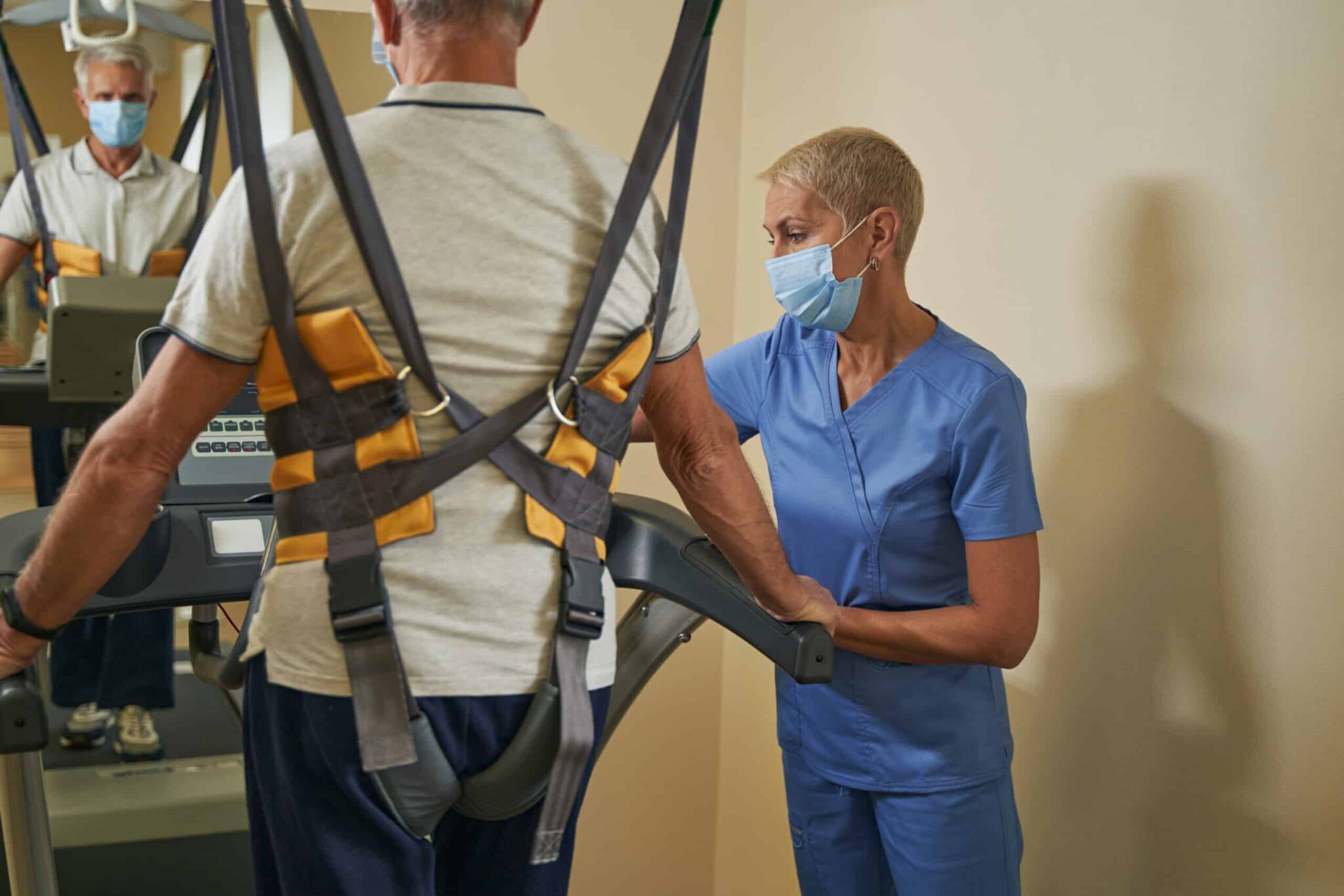Introduction
In a world where every second counts, understanding exactly how to react to a cardiac emergency can suggest the distinction between life and death. Automated Outside Defibrillators (AEDs) are crucial tools that can restore a typical heartbeat in individuals experiencing unexpected heart attack. Nevertheless, many individuals remain unaware of their operation or the best practices surrounding them. Whether you're in a workplace, at home, or taking part in sporting activities, understanding just how to make use of an AED effectively is paramount for saving lives.
This thorough overview will stroll you with whatever you require to learn about making use of an AED, from its functionality and value to step-by-step directions and real-life applications. We'll also look into mouth-to-mouth resuscitation techniques and exactly how they operate in tandem with AED usage. Let's embark on this important journey of learning just how to save lives.
Understanding the Value of AEDs
What is an AED?
An Automated External Defibrillator (AED) is a portable medical tool designed to examine the heart's rhythm and deliver an electrical shock if necessary. This shock can aid bring back a typical heart rhythm in cases of ventricular fibrillation or pulseless ventricular tachycardia.
Why are AEDs Essential?
The use of AEDs is crucial due to the fact that:
- Sudden Heart attack Statistics: Every year, about 356,000 out-of-hospital heart attacks happen in the U.S., with less than 10% surviving. Time Sensitivity: The possibilities of survival decline by 10% for every single min that passes without defibrillation. Accessibility: AEDs are significantly found in public rooms, making it easier for onlookers to intervene throughout emergencies.
Legal Considerations
Most states have Good Samaritan regulations that secure lay responders from obligation when making use of an AED in good confidence throughout emergencies. Understanding this can equip people to act promptly without fear of legal repercussions.
How Does an AED Work?
Mechanism of Action
An AED works by:
Analyzing Heart Rhythm: When electrodes are affixed to a victim's upper body, the tool evaluates whether the heart is defeating normally. Delivering Shock: If a shockable rhythm is spotted, the gadget triggers the user to provide a shock.Types of AEDs Available
- Fully Automatic: These tools instantly deliver shocks without individual intervention. Semi-Automatic: Individuals need to push a switch after receiving directions from the device.
How to Use an AED: Your Step-by-Step Guide to Conserving Lives
Step 1: Call Emergency Services
Before doing anything else, make certain someone has actually called emergency situation solutions or do so yourself if you're alone. Time is essential in cardiac emergencies.
Step 2: Assess the Situation
Ensure that it's secure for you to come close to the victim. Be aware of your surroundings and potential hazards.
Step 3: Open up the AED Case
Locate the nearby AED and open its case. A lot of devices will certainly offer voice triggers guiding you via each step.
Step 4: Affix Electrodes
Place the pads on bare skin as shown on the gadget:
- One pad takes place the upper right side of the chest. The other pad goes on the reduced left side listed below the armpit.
Step 5: Make certain No One Is Touching the Victim
As instructed by the machine, ensure no one contacts the victim while it examines their heart rhythm.
Step 6: Provide Shock If Advised
If prompted by the AED, press the shock button. Keep in mind that some models are completely automated and will provide shocks without needing individual input.
Step 7: Continue CPR After Shock Delivery
Immediately return to CPR adhering to any kind of shock provided or if no shock is encouraged till emergency workers show up or indicators of life appear.
CPR Strategies Complementing AED Usage
The Relevance of CPR in Cardiac Emergencies
CPR (Cardiopulmonary Resuscitation) increases blood circulation to crucial organs till defibrillation can be done with an AED. It's necessary as it significantly improves survival prices when incorporated with early defibrillation utilizing an AED.
How to Perform CPR
- Start with chest compressions at a rate of 100-120 per minute. Compress at the very least two inches deep for adults but readjust for infants and children-- this addresses wrong compression depth concerns.
Infant mouth-to-mouth resuscitation Technique
For babies under one year:
Use two fingers for compressions at about 1.5 inches deep. Provide rescue breaths after every 30 compressions at a proportion of 2 breaths for every single 30 compressions.Special Circumstances Requiring Advanced Resuscitation Skills
Sports-related Cardiac Arrests
Athletes may experience abrupt cardiac occasions because of underlying health problems such as hypertrophic cardiomyopathy or arrhythmias. Immediate access to both mouth-to-mouth resuscitation and an AED can considerably impact results during athletic events.
Drowning Sufferers and CPR Techniques
When performing mouth-to-mouth resuscitation on drowning victims:

- Prioritize giving rescue breaths before upper body compressions considering that they commonly deal with hypoxia as opposed to cardiac issues initially.
Household CPR Readiness & Office Emergency Plans
Preparing Your Home
Having an emergency situation plan within your household ensures everybody knows what steps to take during cardiac emergencies:
Display clear directions near your phone regarding whom to call. Keep your family notified about how and where your designated emergency treatment kit and any kind of available AEDs are stored.Workplace Emergency situation Plans
Implementing detailed work environment emergency prepares makes sure all employees recognize their duties throughout crises involving sudden cardiac arrests:
Conduct normal training sessions that cover both mouth-to-mouth resuscitation and use of readily available AEDs. Ensure easy accessibility of first aid kits along with plainly marked areas for neighboring AEDs.FAQs Regarding Utilizing an AED
Q1: Can anyone make use of an AED?
Yes! Anyone can use an AED as they come furnished with voice triggers directing customers with each action necessary for successful operation.
Q2: What should I do if I'm unsure how deep my compressions must be?
Go for a minimum of 2 inches deep; nevertheless, using visual markers like tape positioned on surfaces can assist determine depth better during method sessions.
Q3: Exist online courses available for finding out CPR?
Yes! Lots of companies supply on the internet accreditations that information both mouth-to-mouth resuscitation strategies and just how to utilize an AED successfully within numerous contexts including neighborhood classes specifically customized towards community demands such as schools or work environments requiring qualification conformity criteria set forth in Australia's most current guidelines pertaining to resuscitation techniques across age groups including babies' one-of-a-kind requirements when doing lifesaving steps like infant mouth-to-mouth resuscitation technique went over previously!
Q4: For how long does my CPR certification last?

Q5: Do I need specialized training past standard first aid knowledge?
While basic understanding is adequate originally particularly when resolving house preparedness concerns detailed earlier; advanced resuscitation skills end up being paramount particularly under unique situations where immediate action affects results substantially extra so compared versus typical situations came across routinely throughout everyday life!
Q6: How does age influence compression strategy throughout resuscitation efforts?
Age-specific standards determine differing procedures ensuring safety and security maintained whilst maximizing efficiency tailored according specifically towards physical distinctions observed among individuals varying from babies up with senior populaces showcasing variety First Aid Pro training Sunshine Coast apparent throughout demographics assessed by means of recent studies carried out within doctor qualification programs established nationwide!

Conclusion
Knowing how to make use of an Automated External Defibrillator (AED) appropriately outfits you with effective devices for conserving lives throughout heart emergency situations. This overview has actually supplied in-depth insights into different aspects surrounding not only running these life-saving gadgets but additionally incorporating reliable CPR techniques alongside them-- ultimately improving survival results across diverse scenarios experienced daily via proactive preparation making certain house preparedness raised considerably based upon readiness efforts embarked on collaboratively among areas aiming in the direction of boosted safety and security protocols established via office standards applied faithfully throughout regions globally!
By understanding exactly how these components intertwine effortlessly together forming all natural strategies committed towards boosting area understanding bordering liable interaction methods promoting early intervention strategies making the most of potential influence eventually generating positive results seen firsthand whenever emergency situations arise all of a sudden requiring quick action taken instantly resulting after that positively influencing results accomplished collectively driven forward with each other unified purposefully fostering environments conducive in the direction of healthier societies overall!